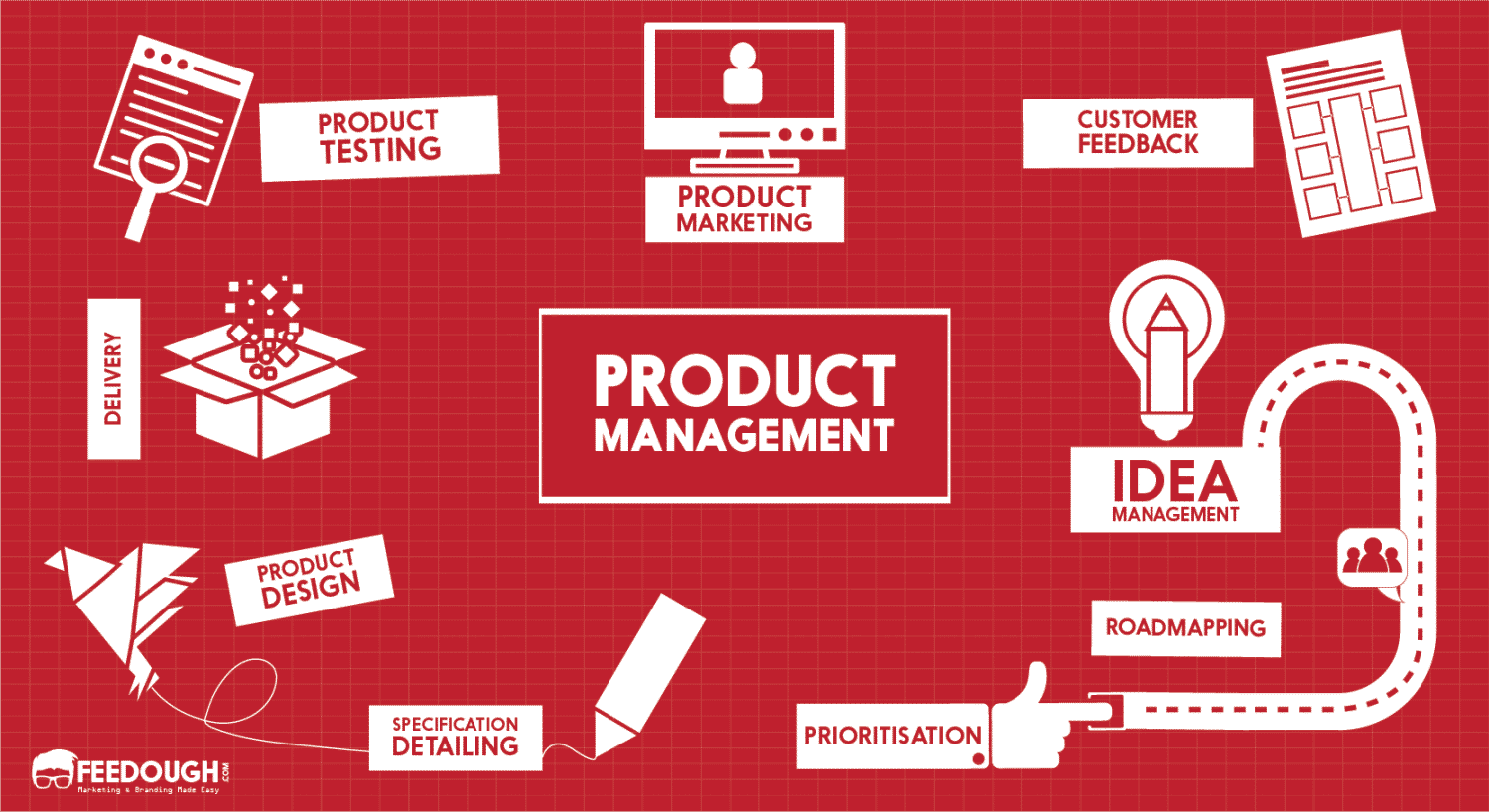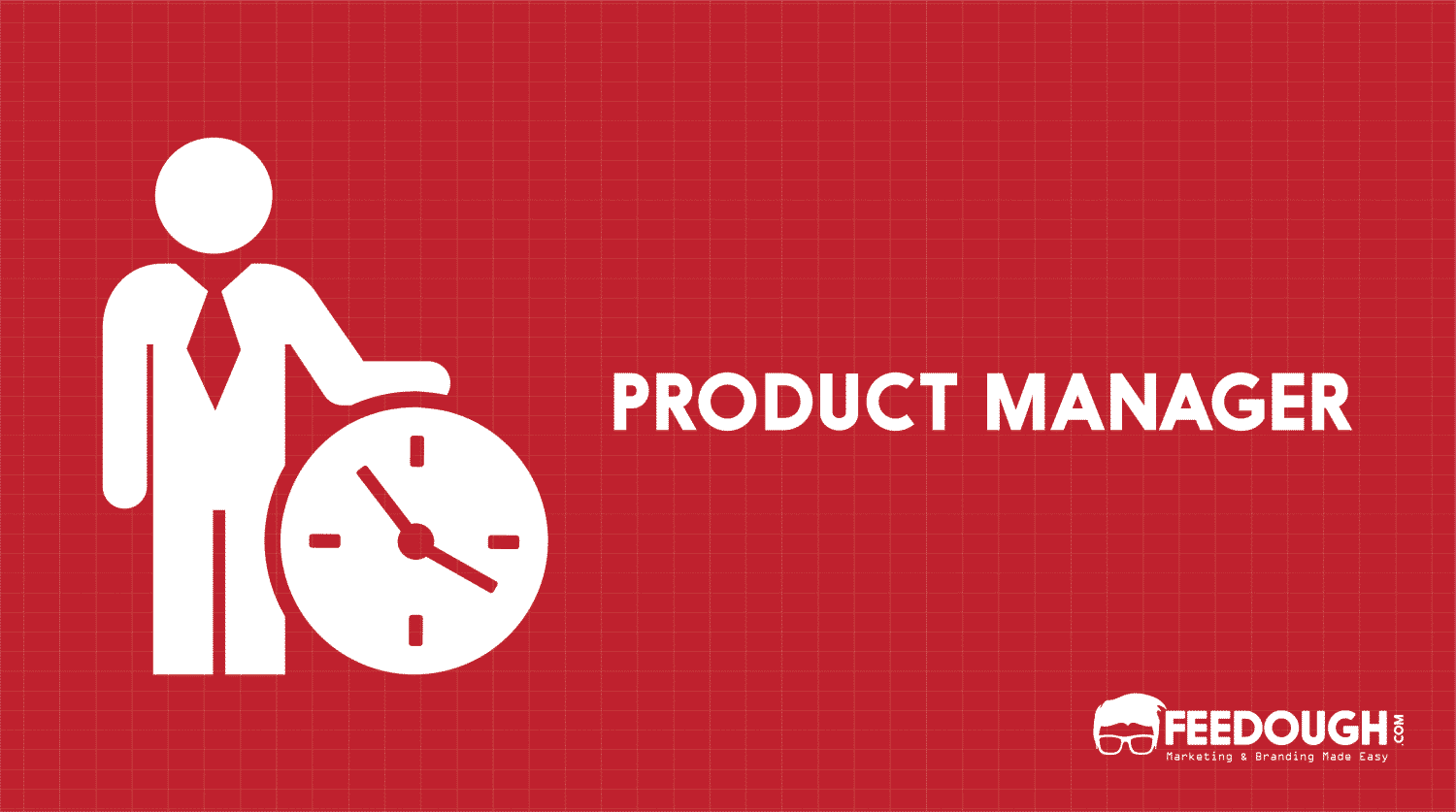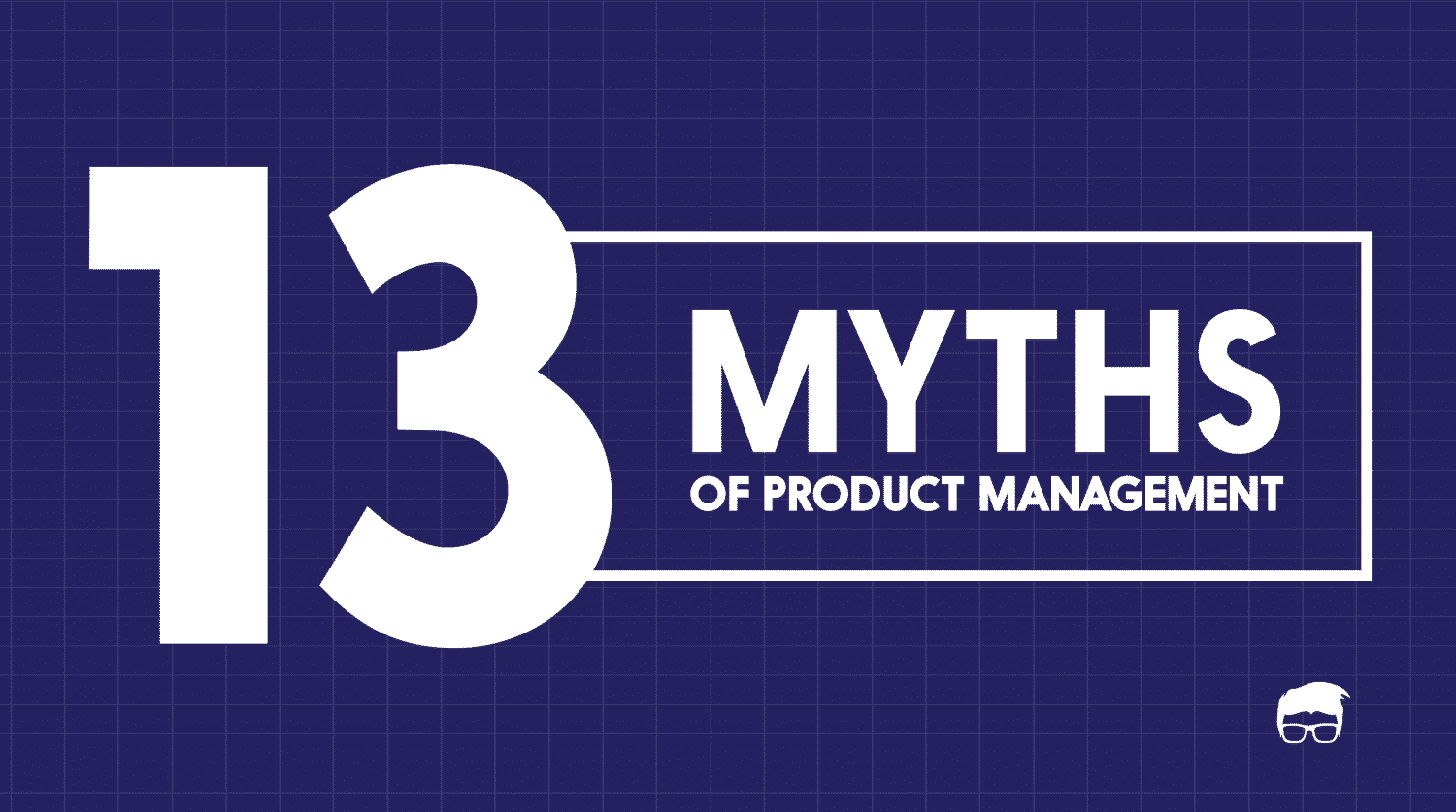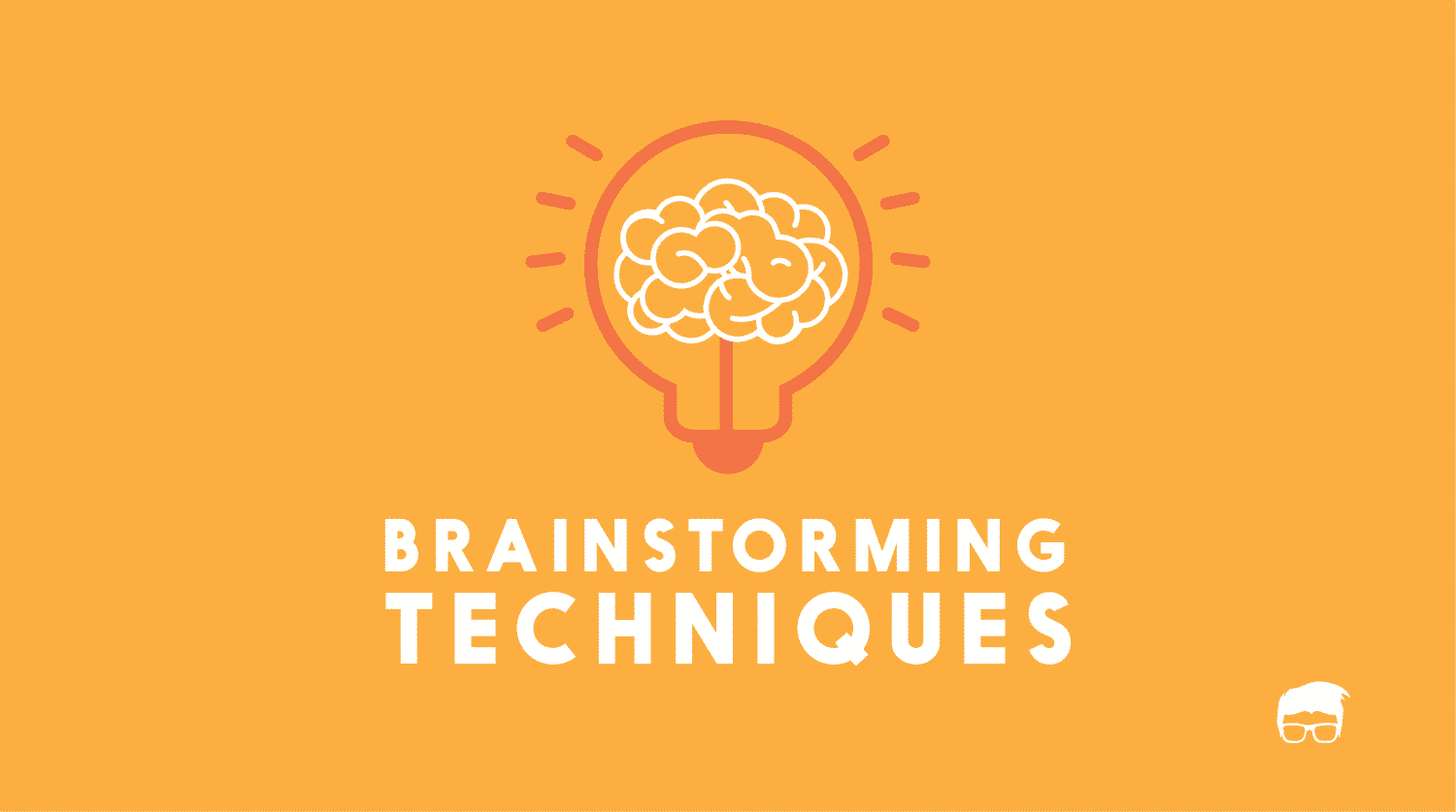Have you ever wondered how a simple idea gets transformed into a full-fledged product that is sold in the markets?
Does the idea of being at the intersection of all business functions excite you?
Have you been surprised to see how the most successful companies in the world always seem to know what their customers want?
Do simple, user-friendly, intuitive interfaces amaze you?
Does entrepreneurship excite you? Have you wanted to feel like an entrepreneur but without the risks that come with it?
If the answer to any of these questions is a ‘Yes’, you should know what Product Management is. It might just be what you are looking for.
What Is Product Management?
Product Management can be tricky to define. That is because it differs from company to company and the actual scope can be very broad. That is also because it does not fit any traditional role or field that most people are familiar with. But in general, Product Management, as the name makes it so obvious, is all about managing a product or product line. The management of the entire product lifecycle, from the idea to the development to its marketing and sales, is Product Management. It is a very crucial discipline that has gained significant importance over the last few years in startups and enterprises alike.
Product Management is an interdisciplinary role that cuts across various teams in the company to get the best product possible to the market. It evolved from the need of having people who could take charge of various products and their lifecycle, as companies grew in size. It was increasingly being felt that the engineering team was not enough to truly understand the customer’s needs and pain points. Other teams too failed to see the larger picture. What was needed was a CEO for each product and that is how Product Management evolved. It soon became clear that making and shipping great products requires great product leadership and that comes with the right business acumen and deep understanding of technology and user experience.
Elements of Product Management
Let’s dissect and understand what Product Management is in its core essence. Please mind the fact that these elements are not in any particular order.
Idea Management
This is the phase when the ideas for new products or product features are brainstormed, researched and evaluated. These ideas can come from both inside and outside the company. The ideas are incorporated into the product backlog for further development.
Roadmapping
Roadmap is a tool that tells what is lined up for the product in the future. It is the path that the product has to take to meet the objectives that were set for it. The long-term strategy and vision for the product are taken into account. The roadmap gives an idea of where the product is, where it has to go and what needs to be done to reach that point.
Prioritisation
Managing a product comes with its limitations. There is a fixed timeline and the features to be incorporated seem to be never-ending. That is why prioritization is an essential part of Product Management. What needs to be built and when it needs to be built so as to derive maximum business value should be clear.
Specification Detailing
When the product idea is transformed into a document that fleshes out all the customer requirements in detail, the product becomes ready to be actually built. The impact and effort needed for each feature are defined only through the specification document. The success KPIs of each feature should also be mentioned.
Product Design
The customer pain-points are addressed with certain solutions. Those solutions need to look and behave a certain way. Product Design takes care of this with detailed mockups and sketches. The various user personas who would be using these solutions and how they would be affected are also taken into consideration. The technical issues that can occur during the development and delivery of the product are carefully thought out and corresponding measures are planned accordingly.
Delivery
Successful product leadership means seamless delivery to the customer with the help of engineering, design, marketing, sales and other teams. The quality has to be top-notch in accordance with the specifications developed earlier. Even the after-sales support and its effectiveness can come under the purview of Product Management.
Product Testing
Experiments like A/B testing are performed to test if what has been provided to the users is of value to them. This is a continuous process and helps make the product better. The analytics and metrics help in understanding how the users interact with the product and if there are any areas that can be improved upon.
Product Marketing
There is a separate team for product marketing in most companies but many a time the overview of how the marketing should be approached, especially go-to-market planning and product packaging, comes under the purview of Product Management. Product Marketing is more customer and market-facing than Product Management which is more product-facing but since Product Management is so broad, some Product Managers have to do both.
Customer Feedback
Product Management relies heavily on customer feedback at almost every stage. A Minimal Viable Product or MVP allows one to get substantial customer feedback for the product. Customer feedback helps in improving and validating proposed product features. It helps in understanding if the approach being taken is indeed right for the customer and if maximum business value will be derived out of the limited resources that one has. Feedback also helps in discovering new pain-points that might not have been found earlier.
Product Management is an integral part of a company’s customer success story. A company can be truly great only if it makes great products that cater to the market needs. Great products need great product leadership. Product Management can be very ambiguous. If you are comfortable with uncertainty and can define your own role to bring the best possible product into shape, Product Management might just be your calling.
Go On, Tell Us What You Think!
Did we miss something? Come on! Tell us what you think about our article on product management in the comments section.
Product Guy. Introverted Marketer. Engineer by education. Movie and TV Geek by nature. Can be seen reading comics and non-fiction books when not binging on movies and Netflix shows. Pop-culture junkie. Out and out foodie. Wee bit self-obsessed.”








